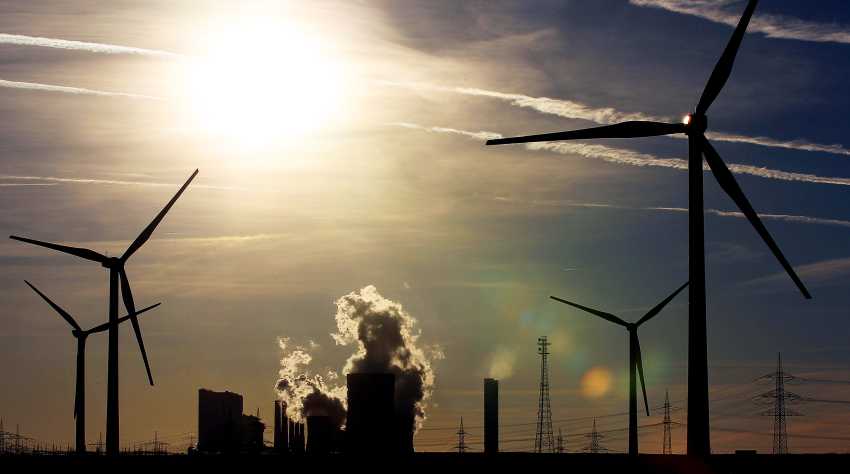Renewable energy will account for 40% of the world’s electricity output by 2030, up from the current 22%, International Renewable Energy Agency (Irena) Director General Adnan Amin has declared. The decision to substantially alter the energy mix that powers India in future is likely to be taken at the Union Cabinet meeting. The National Democratic Alliance (NDA) government decides the country’s targets for the Paris climate change agreement.
Government sources confirmed that the aggressive target for renewable energy capacity was worked out by the power and environment ministries under the close supervision of the Prime Minister’s office and is now expected to be cleared by the Cabinet.
If the Cabinet approves this proposal, India would be looking at a commitment of building a total of 350 Gw of solar and wind power by 2030. Out of this, the government expects 250 Gw of the renewable portfolio to come from solar power and 100 Gw from wind power.
The NDA government has already committed to 100 Gw of solar power and 60 Gw of wind power by 2022. In the case of solar power, even the 100 Gw target for 2022 was a five-time jump over the target committed by the United Progressive Alliance (UPA) government under the Jawaharlal Nehru National Solar Mission.
The projections done by the government suggest that by 2030, India would have a total built up power capacity of 850 Gw. This ambitious target will help India offer the global community a 35% reduction in the greenhouse gas emission intensity of its economy below 2005 levels by 2030 as part of its Intended Nationally Determined Contributions (INDCs) under the Paris agreement. At present, India has committed to 20-25% reduction below 2005 levels by 2020. The government’s preliminary assessments suggest India is on way to achieve the lower end of the existing target comfortably and could attain more with some extra effort in the remaining years.
According to the sources, “India will continue to demand developed countries come through on their obligations under the UN Framework Convention on Climate Change; the government also wants to do more than its fair bit. It is a very ambitious leap. It has taken a long period of discussions with many parts of the government involved besides all kinds of other stakeholders like the civil society and the industry.”
Prime Minister Narendra Modi will be attending the UN General Assembly as well as special summit by UN Secretary-General on climate change as part of his tour to the US which starts on September 23.
The decision on India’s INDC is timed to make the announcement accordingly. The government is expected to submit the INDC document formally to the UN Framework Convention on Climate Change in the coming week as well.
Major countries and blocks have already declared their INDCs and the global communities for a while have been watching India for its contributions. The US has announced that it would reduce its emissions by 24-26 per cent below 2005 levels by 2025, the EU has said it would reduce its emissions by at least 40% below 1990 levels by 2030. China, on the other hand, has committed to peak its emissions around 2030 and reduce its greenhouse gas emission intensity between 60 and 65% below 2005 levels by 2030 and ensure that the share of total non-fossil fuel rises to 20 per cent of its total primary energy supply over the same period.
India’s 40% of Electricity from Renewables by 2030


